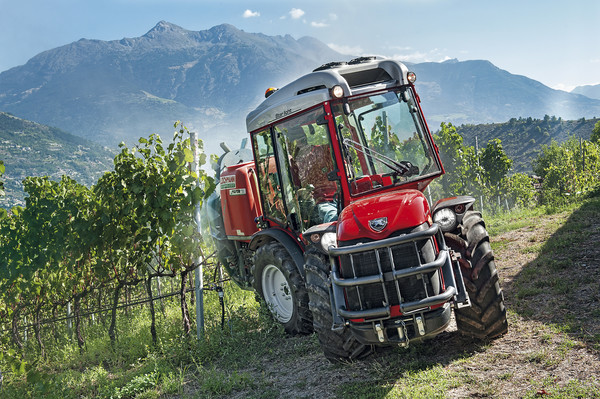
Still too many work-related accidents in the agricultural sector
year in Italy, 100 to 150 fatal accidents occur in the fields (in the EU 500). And the numbers are underestimated. New-generation machines can reduce them significantly, but investment in training is also needed. Ergonomic systems also prevent other health damage: 60 per cent of agricultural workers have a chronic disabling disease
Evey year in the EU countries 500 fatal accidents occur in the fields, in Italy there are between 100 and 150, out of a total of 30 thousand accidents. "And the numbers are decidedly underestimated" warns Massimo Cecchini, professor of agricultural mechanics at the University of Tuscia. "New technologies and new-generation machinery can help reduce them significantly, but a strong investment in training is needed." Once again, the agricultural sector has been confirmed as one of the riskiest, as emerged from the leason 'The future of occupational safety and health in agriculture and forestry', held in the contest of EIMA Campus on the occasion of the last EIMA. Among the main causes of death are tractor overturning, falling from a tree or roof, equipment trauma, drowning or asphyxiation. The problem is not only injuries but also illnesses. The repercussions of working in the fields on the health of farmers are indeed very strong: 60 per cent suffer from disabling chronic diseases. In Europe, the most common complaints of agricultural workers are those of the musculoskeletal system, which could be effectively prevented by ergonomic systems such as those fitted in new machines. Back pain affects 57 per cent of farmers, while 45 per cent complain of pain in their upper limbs and 20 per cent are exposed to noise pollution, due to noise above warning levels. "We must not forget - Cecchini continues - that farmers are also exposed to the risk of substances that are hazardous to human health, such as pesticides, fertilisers and veterinary medicines. The strong trend towards the development of smart, modern, technological, digitised farms, reducing manual labour can potentially reduce all these dangers. This is provided, however, that adequate training is coupled with improved safety management processes. An obstacle to the spread of new technologies that perform better for the safety of workers is also their high costs: small and medium-sized farms in the sector, which form the backbone of the national agricultural system, are often unable to absorb them. One problem is certainly the high average age of farmers, but also the danger of contracting diseases caused by insects and pests. Climate change also negatively affects the health of workers, among whom, as Cecchini explains, "there is an increase in skin cancer".








